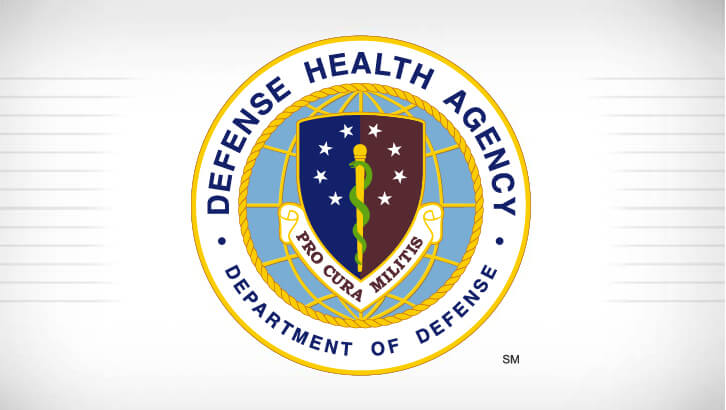Infection
Febrile and Vector-borne Infections Focus Area
Febrile and Vector-borne Infections Surveillance Activities
The Febrile and Vector-borne Infections Focus Area supports FVBI surveillance activities in three target categories: arthropod vectors, malaria countermeasure effectiveness, and acute febrile illness.
Pathogens of interest include:
- Alphaviruses (such as chikungunya, Ross River, Venezuelan equine encephalitis viruses)
- Bacterial pathogens (such as Borrelia, Leishmania, Leptospira, and Rickettsia species)
- Coxiella burnetii (Q fever)
- Crimean-Congo hemorrhagic fever virus
- Flaviviruses (such as dengue and Zika viruses)
- Hantaviruses
- Lassa virus
- Plasmodium species (malaria)
- Rift Valley fever virus
- Scrub typhus
- Severe fever with thrombocytopenia syndrome virus
- Tick-borne encephalitis virus
The FVBI Focus Area END STATE is surveillance coverage of known FVBI operational threats and the ability to rapidly adjust surveillance toward newly identified threats or priorities. This End State will be achieved through an integrated and coordinated GEIS-N that informs FHP posture across the GCCs, provides awareness and understanding of emerging diseases and countermeasure effectiveness, enhances detection and diagnosis of FVBI pathogens, and, ultimately, protects the health and readiness of the Joint Force.
Importance of FVBI Surveillance within the U.S. Military
Vector-borne and febrile zoonotic pathogens historically have had a significant impact on U.S. military operations and likely will increase in operational importance as the U.S. military postures for global “great power competition.”
The threat of vector-borne and zoonotic pathogens is increased by the limited diagnostic and treatment options available to providers in the austere and degraded environments typical of military operations. Vector-borne and zoonotic pathogens are often associated with undifferentiated febrile illness and thus are difficult to distinguish clinically, which adds urgency to overcoming challenges in diagnosis and control. Timely and accurate surveillance can help inform solutions to these diagnosis and control challenges.
FVBI Focus Area Surveillance Categories
- Surveillance of arthropod-borne pathogens, vectors, and reservoir hosts of FHP-relevant infections
- Surveillance of insecticide resistance in mosquito and tick species
- Surveillance of malaria countermeasure effectiveness
- Surveillance of Plasmodium falciparum histidine-rich protein (pfhrp2/3) gene deletions
- Surveillance of antimalarial drug resistance
- Surveillance of pathogens associated with undifferentiated acute febrile illness risk to U.S. service members
Key Reach Back Partners & Support
| Partner | Support |
|---|---|
| Navy Entomology Center of Excellence | Insecticide resistance and arbovirus surveillance |
| NMRC Biological Defense Research Directorate | Pathogen sequencing and advanced characterization, pathogen discovery, training, assay development and supply |
| Naval Medical Research Command Diagnostics & Surveillance Department | Rickettsial diseases surveillance support; proficiency testing |
| U.S. Army Medical Research Institute of Infectious Diseases Diagnostic Systems Division | Assay support for emerging and re-emerging arthropod-borne and hemorrhagic fever viruses |
| USAMRIID DSD, Department of Regulated Products | Assay and protocol development; assay and reagent supply, training |
| US Department of Agriculture Center for Medical, Agricultural, and Veterinary Entomology | Provide consultation and testing capacity for insecticide resistance testing and protocol development |
| Walter Reed Biosystematics Unit | Vector surveillance support, including pathogen sequencing and advanced characterization, pathogen discovery, training, assay development and supply |
| WRAIR Viral Diseases Branch | Viral pathogen sequencing and advanced characterization, pathogen discovery, training |
See what GEIS is doing to combat respiratory infections and antimicrobial resistant infections.
If you are involved with the Department of Defense medical community and are interested in partnering with GEIS, or if you would like more information, please contact us.
You also may be interested in…
You are leaving Health.mil
The appearance of hyperlinks does not constitute endorsement by the Department of Defense of non-U.S. Government sites or the information, products, or services contained therein. Although the Defense Health Agency may or may not use these sites as additional distribution channels for Department of Defense information, it does not exercise editorial control over all of the information that you may find at these locations. Such links are provided consistent with the stated purpose of this website.
You are leaving Health.mil
View the external links disclaimer.
Last Updated: October 23, 2023

